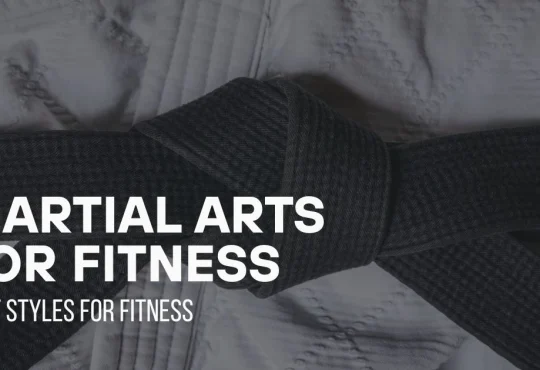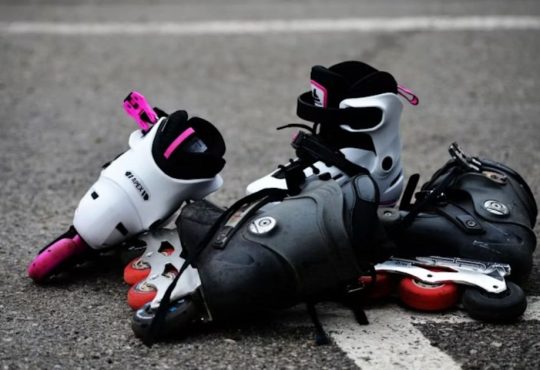Choosing the right hockey stick can significantly impact your performance on the ice, whether you’re a beginner or a seasoned player. With various options available, from stick material to blade curve, finding the perfect fit can seem daunting. This guide will walk you through key factors like stick material, length, flex rating, and more to help you make an informed decision that suits your playing style and preferences.
Stick Material: Composite vs. Wood
One of the first choices you’ll face when selecting a hockey stick is the material. The two main types are composite and wood.
Composite Sticks
Composite sticks are made from a combination of carbon fiber, fiberglass, and other synthetic materials. They are lighter than wood sticks, which can improve maneuverability and reduce fatigue during long games. Another advantage of composite sticks is the flexibility in options for flex, curve, and length. Players can fine-tune their stick based on their specific needs, which has made composite sticks the more popular choice for many levels of play.
Composite sticks also have a more responsive feel, allowing for quicker releases when shooting. This is particularly helpful for forwards who rely on wrist and snap shots to score. However, they tend to be more expensive and, depending on the quality, may not be as durable as wood sticks.
Wood Sticks
Wood sticks offer a traditional feel and are generally heavier than composite models. While they don’t have the same customization options, many players appreciate the durability and the way a wood stick handles the puck. Some players still prefer wood sticks for their affordability and the solid feel they provide on the ice, especially for younger players or those just starting out.
While they lack the high-tech features of composite sticks, wood sticks are often chosen by players looking for a simple, reliable stick that doesn’t break the bank.
Stick Length: The Perfect Fit
The length of your stick is another critical factor. The right stick length can influence puck control, shot accuracy, and overall comfort during play.
Shorter Stick
A shorter stick is typically used by players who prioritize puck handling and control. A shorter stick allows for better maneuverability, which can be a significant advantage for forwards or players who frequently engage in dekes or tight turns. It also encourages closer puck control, which is crucial when skating in crowded areas or near the boards.
However, the downside is that a short stick may reduce your ability to reach for the puck in defensive situations, limiting your overall range on the ice.
Longer Stick
A longer stick provides more reach, which is beneficial for defensemen or players who focus on breaking up plays and protecting their zone. A longer stick allows for better poke checks and can help block passing lanes. It also adds leverage to shots, especially slap shots, allowing players to generate more power.
While a longer stick can help defensively, it might make it harder to stickhandle close to the body, which could hinder puck control during offensive plays.
Finding the Right Length
To measure the ideal stick length, hold the stick vertically with the blade on the ground. The top of the stick should reach somewhere between your chin (while on skates) and your nose (while off skates). Ultimately, the right length depends on your playing style and position.
Flex Rating: Tailored to Your Shot
The flex rating of a hockey stick refers to how much the stick bends when pressure is applied, typically measured by how many pounds of force it takes to bend the stick by one inch. A proper flex rating allows you to store energy in the stick during a shot, enhancing power and accuracy.
Lower Flex Rating
A lower flex rating (e.g., 65 or 75) indicates a more flexible stick, making it easier to bend. This is ideal for players who take a lot of wrist shots or rely on quick, snappy shots, as the flex helps to create more velocity with minimal effort. Forwards, in particular, benefit from lower flex ratings as they can help generate quicker releases.
Higher Flex Rating
A higher flex rating (e.g., 85 or 100) means a stiffer stick. This option is suited for players who use more force when shooting, such as defensemen or those who take a lot of slap shots. A stiffer stick can transfer more energy, leading to more powerful shots, but requires more strength to utilize effectively.
Choosing the Right Flex
Generally, the flex rating should be about half of your body weight. For example, if you weigh 160 pounds, a stick with an 80 flex rating would be a good starting point. However, this can be adjusted based on personal preference and playing style.
Blade Curve: Precision vs. Power
The curve of a hockey stick’s blade affects your shot, pass accuracy, and puck control. Each player has their own preference when it comes to blade curves, depending on their role and skill set on the ice.
Deeper Curve
A deeper curve is beneficial for lifting the puck and creating more power in shots. It allows players to elevate the puck more easily, which is useful for forwards who rely on quick wrist shots or backhand lifts to beat goaltenders. However, a deep curve can make passing less accurate, particularly when trying to complete long, precise passes across the ice.
Flatter Curve
A flatter curve offers more control and accuracy when passing and shooting. Defensemen and players who prioritize playmaking often prefer a flatter blade, as it allows for better puck control when stickhandling and making quick, tape-to-tape passes.
Personal Preference
Many stick manufacturers provide options ranging from deep curves to flat blades. Experimenting with different curves is recommended, as each player’s shooting and passing preferences will affect which curve best suits them.
Lie of the Stick: Adjusting for Position and Skating Style
The lie of a stick refers to the angle between the blade and the shaft. A higher lie means the stick is more upright, while a lower lie brings the blade closer to the ice.
Higher Lie (6 or 7)
A higher lie is typically better for players who skate in a more upright stance. If you find yourself skating in a more straight-up position or playing higher in the offensive zone, a higher lie will keep more of the blade in contact with the ice, giving you better control of the puck.
Lower Lie (4 or 5)
A lower lie is ideal for players who skate with a lower stance, bending their knees and staying closer to the ice. This allows the blade to sit flush on the ice even when skating in a crouched position, making it easier to control the puck when in motion.
Customizing the Lie
Choosing the right lie depends largely on your playing style and skating posture. A stick with the wrong lie can make it difficult to handle the puck properly, so finding the right angle is key.
Grip vs. Non-Grip Shaft: Finding Comfort
When selecting a hockey stick, you’ll also need to decide between a grip or non-grip shaft. This choice comes down to personal preference and the level of control you want while handling the stick.
Grip Shaft
A grip shaft has a tacky texture that helps to prevent the stick from slipping in your hands. Many players prefer a grip shaft for improved control, especially when making quick movements or engaging in physical play. The added friction between your hands and the stick can offer more confidence during high-pressure situations.
Non-Grip Shaft
A non-grip shaft allows for more free hand movement, which is beneficial for players who prefer to adjust their hand positioning frequently. Non-grip sticks tend to feel smoother, which can provide a more natural feel when stickhandling or passing. This option is generally favored by players who prioritize mobility over grip security.
Right vs. Left-Handed Stick: Choose Based on Comfort
Selecting the correct handedness for your stick is essential. Most players have a natural preference for either a right or left-handed stick, depending on how they feel most comfortable holding the stick.
Right-Handed Stick
With a right-handed stick, your left hand is on the top of the stick, and your right hand is lower. Right-handed sticks are less common, but some players find it more natural to shoot or pass with their right hand as the dominant one.
Left-Handed Stick
A left-handed stick has the right hand at the top and the left hand lower. This is the more common option for hockey players, especially in North America. Left-handed sticks tend to be favored by players who feel more comfortable using their left hand for power and control.
Conclusion: Mastering the Art of Stick Selection
Choosing the right hockey stick can make a huge difference in your performance on the ice. From the material and length to the flex rating and blade curve, every aspect of the stick should align with your personal style and needs. Take the time to experiment with different options, and soon enough, you’ll find the perfect stick that helps you skate, pass, and shoot with confidence.




